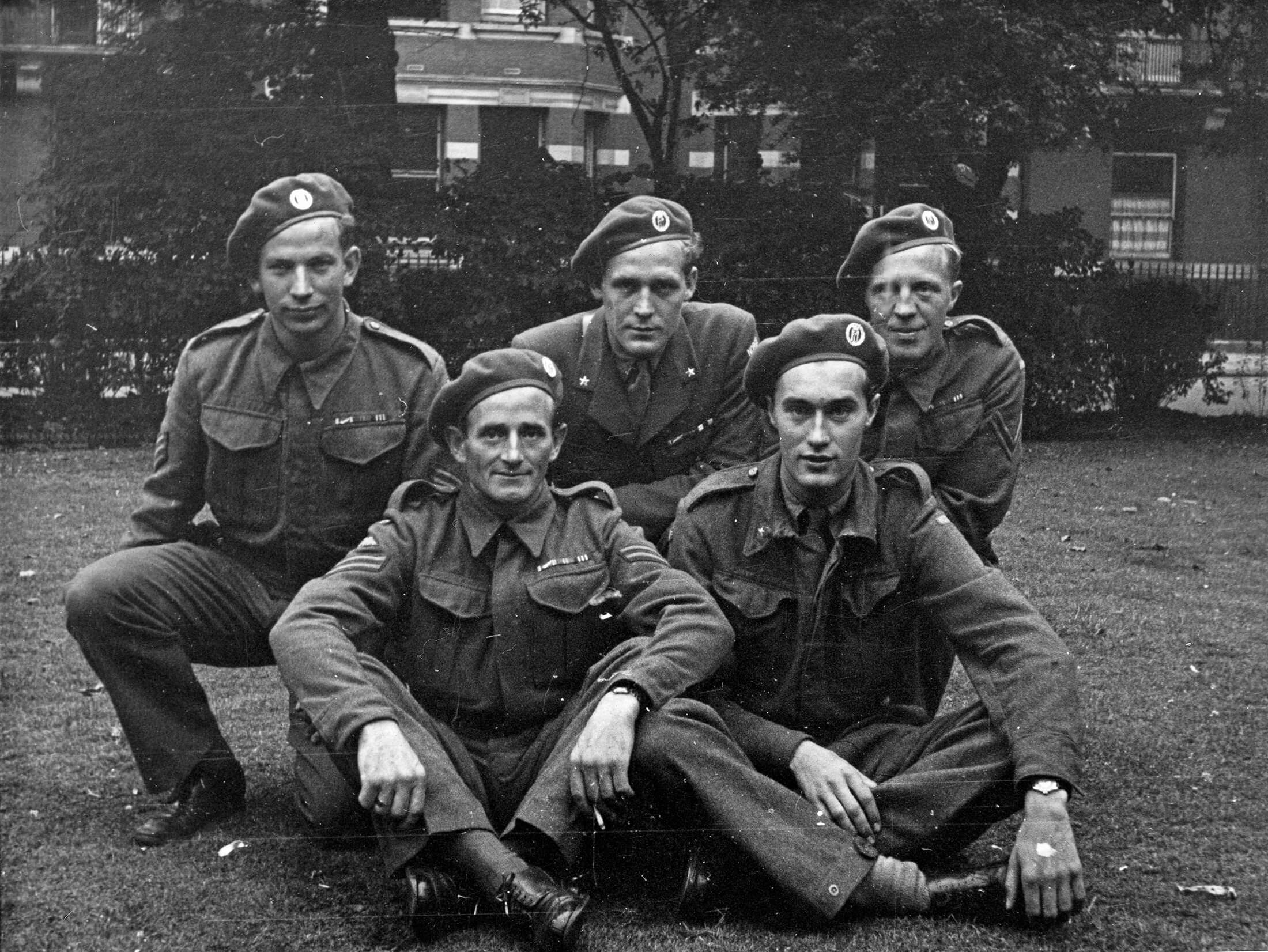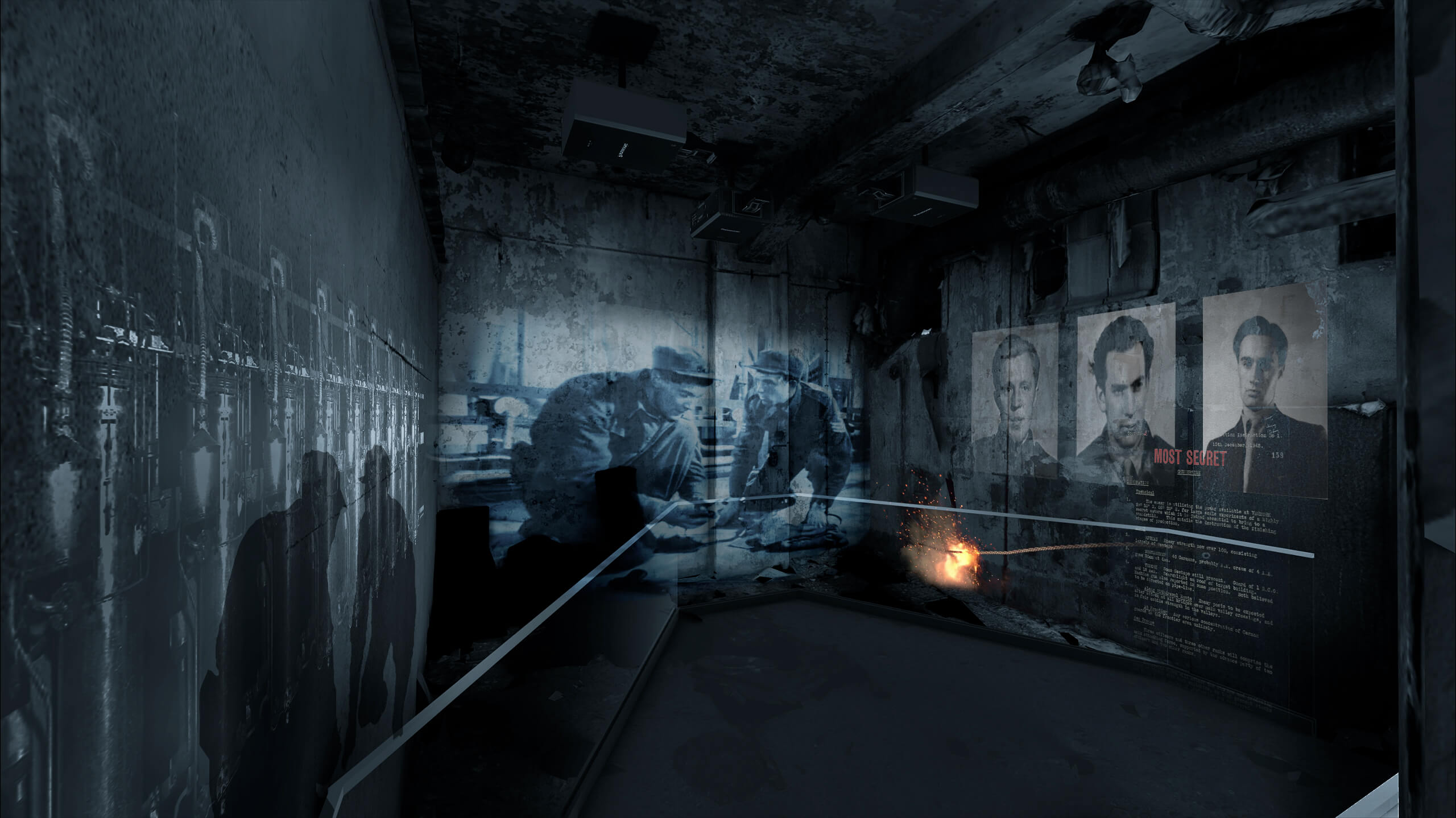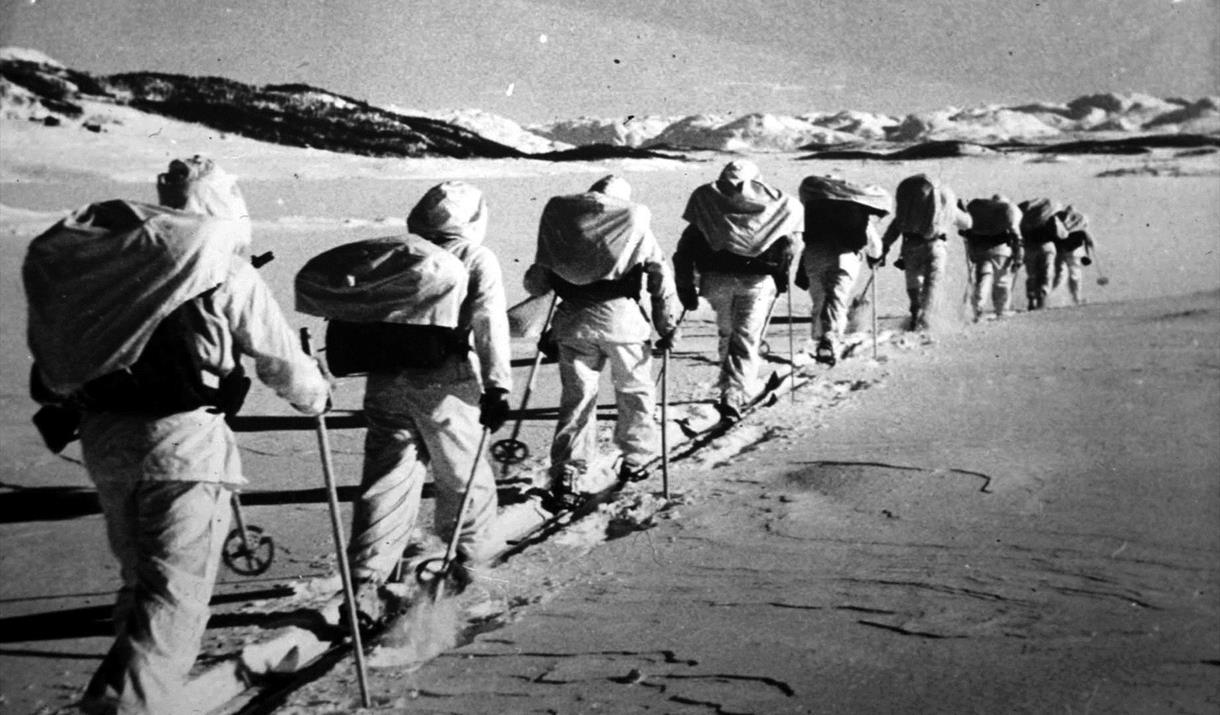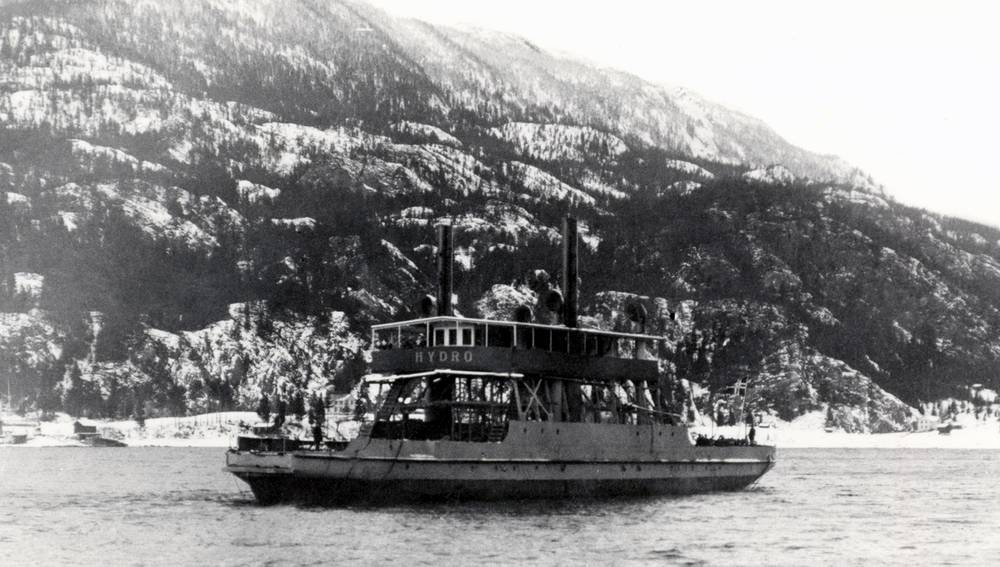VEMORK: Eighty years to the day after soldiers from Linge Company sabotaged heavy water production at Vemork, Rjukan, Norway, the Norwegian Industrial Workers’ Museum (NIA) will open an extensive exhibition on the site where the dangerous operation was executed.

One of the most important sabotage actions of the Second World War
The night of February 28 will mark 80 years since Joachim Rønneberg planted explosives on heavy water cells at Vemork, Rjukan. The soldiers were spirited in behind enemy lines on orders from Special Operations Executive in London to execute an operation that has since become one of the most recognized military sabotage missions in history.
The inaccessible Hydrogen Plant in the mountains over Rjukan was guarded by German troops when Norwegian saboteurs under British command carried out Operation Gunnerside on a winter night in February 1943. No lives were lost and all the soldiers managed to escape capture. The sabotage operation put a temporary stop to heavy water production and prevented Hitler from acquiring heavy water.
Dramatic new exhibition in the Heavy Water Cellar
The new exhibition in the Heavy Water Cellar tells the story of the operation on the site where the action occurred. The dramatic story of what happened when the heavy water cells were destroyed is told through displays that deliver a strong, being there, experience.

«The exhibition provides insight into the saboteurs’ story. It gives viewers a chance to reflect upon and understand the choices they made. It tells a lot about what kind of people they were,» says exhibition manager Gunhild Lurås from NIA.
The exhibition invites us to consider several of the dilemmas the saboteurs encountered along the way. Visitors can also explore the cellar using UV lamps, follow in the soldiers’ footsteps and learn what happened inside the plant premises and along the escape route with the help of AR technology. The exhibition also explains the electro-chemical process used to produce heavy water.
Arne Kvorning of Kvorning Design says, «The exhibition and its mode of presentation have been established in the original historic setting. It is unique.»
«Development of the physical concept as well as the dramaturgical narrative result from a close and inspiring co-operation between NIA and Kvorning Design. It was an ongoing, creative process since the 2022 international competition for the assignment, which was won by Kvorning Design with Gagarin and Creative Technology,» Arne Kvorning says.
Director of NIA Anna Hereid looks forward to opening a new attraction for the museum.
«The possibility of uncovering, planning and realizing a national and international symbol of resistance efforts as well as industrial innovation in such a short period of time bears witness to the significance this story still carries in the modern world. In addition to the building project, the fact that we can present an exhibition giving future generations the chance to learn and reflect on facts is incredibly important. We could not have completed the exhibition project without major contributions from Sparebankstiftelsen DNB, Tinn municipality, the Culture Council, and the Vestfold and Telemark county council,» says Anna Hereid.
BATTLE OVER HEAVY WATER
Eleven young Norwegian men risked their lives volunteering for Operation Gunnerside. Joachim Rønneberg, Fredrik Kayser, Knut Haukelid, Kasper Idland, Hans Storhaug, Birger Strømsheim, Claus Helberg, Einar Skinnarland, Jens-Anton Poulsson, Arne Kjelstrup og Knut Haugland. They scrambled unseen down the gorge and across the river Måna near the road Kraftledningsveien. After the operation, Rønneberg, Strømsheim, Idland, Storhaug and Kayser fled to Sweden on skis. The others remained to build up resistance groups.


American bombing attack
Production had resumed at Vemork just a few weeks after the operation. The Allies decided to bomb the plant. Professor Leif Tronstad, a resistance member who had been part of planning the heavy water operation, had warned earlier against bombing. He did not believe bombs would be effective against the solid concrete building in which the production installation was housed, and he feared civilian lives would be lost. On November 16, 1943 nearly 200 American bombers flew in and released around 1000 bombs over Vemork and Rjukan. Just four bombs hit the hydrogen plant where heavy water production took place. Only 60 kilos of heavy water were lost, and 21 civilians were killed.
Sinking of D/F Hydro on the lake, Tinnsjøen
The Germans decided to move production to Germany. Production equipment and stocks of heavy water would be transported on the ferry D/S Hydro across Tinnsjøen. The Allies drew up new sabotage plans. Orders to sink the ship were given from the highest levels in London. On February 20, 1944, an explosion sank D/F Hydro at the deepest part of the lake. Fourteen Norwegian civilians and four German soldiers were killed.
A monument to Norwegian industry and history of war
As a monument to Norwegian industry and history of war, the Heavy Water Cellar at Vemork is an element in cultural heritage of great national and international importance. The cellar was found more or less intact in 2017. After five years of excavation, planning and building, the extensive Water Cellar exhibition will finally open.
The Heavy Water Cellar was part of the hydrogen plant at Vemork. Norsk Hydro began building the plant in 1928 and it was in operation one year later. Heavy water production began on an industrial scale in 1934, as a bi-product of hydrogen electrolysis. The hydrogen plant was designed by the architect Thorvald Astrup. It was a towering functionalist building with grey concrete surfaces broken up by rows of windows on seven of the construction’s eight storeys. The excavation project «Hunt for the Heavy Water Cellar» began in 2014 and the cellar was found nearly intact in the Autumn of 2017.
Historical quotes about the heavy water operation
- «What rewards are to be given to these heroic men?»
Winston Churchill, Prime Minister of Great Britain during the war - «We must fight for freedom and peace. It’s not to be taken for granted. We must fight for it every day if we are to preserve it. It is like a glass globe; it can easily be shattered. It is easy to lose.»
Joachim Rønneberg, leader of the Gunnerside team - «We knew we would be executed if the Germans captured us.»
Claus Helberg, heavy water saboteur - «That we should get out of Vemork alive, and not least, that we did not fire a single shot — nobody had ever dreamed it would turn out like that.»
Jens-Anton Poulsson, leader of Operation Grouse and heavy water saboteur - «The greatest responsibility for the generation of parents and future generations is to ensure the history of the war is told as accurately as possible … because it must never happen again.»
Joachim Rønneberg in connection with the excavation of the heavy water cellar - «We knew it would be dangerous. Very dangerous. And we accepted the fact we might not survive.»
Joachim Rønneberg, leader of Operasjon Gunnerside
About the Norwegian Industrial Workers’ Museum (NIA)
NIA was founded on November 3, 1983 with the aim of spreading knowledge of labour culture, water power, electric energy and the electro-chemical industry in Norway, as well as cultural history, war history, culture/cultural heritage and art.
Concept, design and production
Kvorning Design, www.kvorning.com, in co-operation with Gagarin, www.gagarin.is, and Creative Technology, www.ct-group.com
For more information and downloadable images:
Image downloads: https://www.nia.no/en/presse/
More about the Heavy Water Cellar and its history:
Read more here
3D imaging of Heavy Water Cellar ruins as they were:
Click here
Photos:
Kvorning Design, NIA/Norsk Hydro
For more information and visitor registration:
Press manager, NIA: Rita Engedalen, Tel: +47 920 945 84 / r.engedalen@nia.no